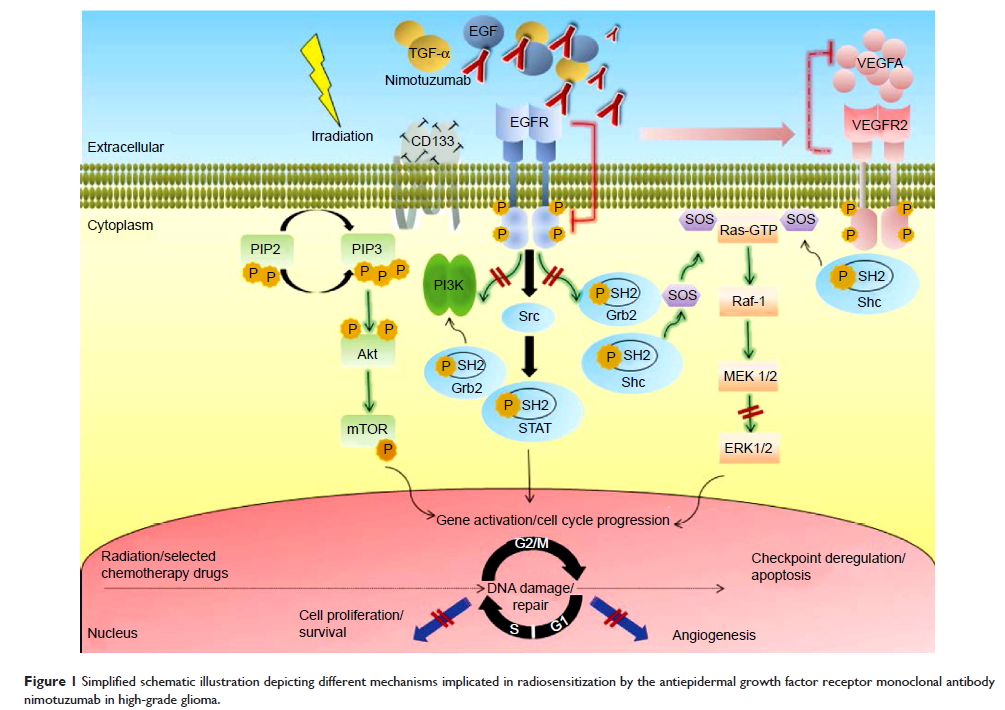9 5 9 4 4
论文已发表
注册即可获取德孚的最新动态
IF 收录期刊
- 3.3 Breast Cancer (Dove Med Press)
- 3.4 Clin Epidemiol
- 2.5 Cancer Manag Res
- 2.9 Infect Drug Resist
- 3.5 Clin Interv Aging
- 4.7 Drug Des Dev Ther
- 2.7 Int J Chronic Obstr
- 6.6 Int J Nanomed
- 2.5 Int J Women's Health
- 2.5 Neuropsych Dis Treat
- 2.7 OncoTargets Ther
- 2.0 Patient Prefer Adher
- 2.3 Ther Clin Risk Manag
- 2.5 J Pain Res
- 2.8 Diabet Metab Synd Ob
- 2.8 Psychol Res Behav Ma
- 3.0 Nat Sci Sleep
- 1.8 Pharmgenomics Pers Med
- 2.7 Risk Manag Healthc Policy
- 4.2 J Inflamm Res
- 2.1 Int J Gen Med
- 4.2 J Hepatocell Carcinoma
- 3.7 J Asthma Allergy
- 1.9 Clin Cosmet Investig Dermatol
- 2.7 J Multidiscip Healthc

尼妥珠单抗 (Nimotuzumab) 在高级别胶质瘤治疗中的简介
Authors Yang Q, Guo C, Chen Z
Published Date April 2015 Volume 2015:8 Pages 819—825
DOI http://dx.doi.org/10.2147/OTT.S60032
Received 11 September 2014, Accepted 26 December 2014, Published 13 April 2015
Abstract: High-grade
gliomas (HGG) are extremely aggressive lesions and represent the most common
primary malignant brain tumors without an effective therapy. Standard treatment
for HGG usually includes surgery followed by radiotherapy and chemotherapy.
However, the prognosis of patients with HGG remains dismal. We review the
humanized epidermal growth factor receptor (EGFR) and the major EGFR target
drugs in HGG treatments, focusing on the EGFR antibody nimotuzumab as a new
therapeutic strategy in HGG. We found that nimotuzumab with or without
radiotherapy, chemotherapy in newly diagnosed or recurrent HGG, such as
glioblastoma multiforme (GBM), anaplastic astrocytomas (AA), and diffuse
intrinsic pontine glioma (DIPG), might improve the response rate or the
survival time. In conclusion, nimotuzumab is a very well-tolerated drug with
acceptable toxicity, and it may have promising value in the combination
treatment. As a result, multiple center randomized controlled Phase III
clinical trials need to be conducted to confirm the efficacy and toxicity for
nimotuzumab in HGG.
Keywords: nimotuzumab,
high-grade gliomas, chemotherapy, radiotherapy
